Best New Film Cameras in 2025: What You Can Actually Buy
Film photography isn't just surviving, it's growing. While most camera companies abandoned film decades ago, a handful of manufacturers are doing something unusual: they're making new film cameras. Not vintage gear or refurbished models, but cameras designed and built right now.
Here's what's actually available if you want to buy a brand new film camera today.
Analogue AF-1
Analogueshop in Amsterdam opened pre-orders for the AF-1 in 2025. It's a 35mm autofocus camera designed for street and documentary work, combining manual zone focusing with automated exposure. The company started because they saw a gap: people wanted reliable, modern film cameras without the complexity of fully manual systems.
The AF-1 uses LiDAR autofocus technology that can focus from 0.5 meters to infinity, making it reliable even in low light or through glass. The camera includes automatic film loading and DX code reading up to ISO 3200, which means less fiddling with settings. What's interesting is that Analogue Shop started as a camera store in Amsterdam before deciding to design their own camera. They saw people constantly asking for reliable modern film cameras that didn't require vintage repair skills.
The AF-1 targets photographers who need something dependable that won't slow them down. It's built to last and priced to compete with buying and repairing vintage gear.
Pre-order the Analogue AF-1 on their official online store for €449,99. Deliveries are expected in Q1 2026.

Custom Camera Building (CCB) Series
Custom Camera Building launched a complete line of panoramic and large format cameras on Kickstarter in August 2025. The Ontario-based operation offers 6x12, 6x17 panoramic cameras and 4x5, 5x7, 8x10 point-and-shoot models, all built from industrial-grade composite materials and precision 3D printing.
What makes these cameras different is their modular system. You can swap cones, use the same lens across different bodies, and switch between formats mid-roll. The panoramic cameras include snap-in masks to change formats instantly. This modular approach is genuinely useful since medium format shooters can swap between 6x12 and 6x17, and large format users can move lenses between different body sizes.
Prices start at $195 CAD for the 4x5 body, making them among the most affordable new large format options. The combination of modern manufacturing and thoughtful design makes specialized formats accessible without compromising on precision.
Learn more about the Custom Camera Building Series through the project's official website.

Kodak Ektar H35
The Kodak Ektar H35 hit the market in 2022 as one of the cheapest new film cameras available. Made by Reto Project under the Kodak brand, it sells for around $50 and uses half-frame format to double your shot count. A 36-exposure roll gives you 72 vertical images instead of the usual 36.
Kodak now offers several color variants including limited editions, and released an H35N model with a night mode flash. The camera is made entirely of plastic, which keeps costs down but means you need to handle it gently. It's become popular with younger photographers as an affordable entry point into film.
This is a basic point-and-shoot with a plastic lens, fixed aperture at f/9.5, and a single shutter speed of 1/100. There's a built-in flash you activate by turning the ring around the lens. It's lightweight, pocketable, and dead simple to use. The tradeoff is image quality: the plastic lens produces soft results, especially at distance. It works best with ISO 400 film and subjects about 1.5 to 2 meters away. If you want sharp images or manual control, look elsewhere. But if you want an affordable way to shoot more frames per roll without worrying about settings, the H35 delivers exactly that.
Learn more about the Kodak Ektar H35 through Kodak's official website.
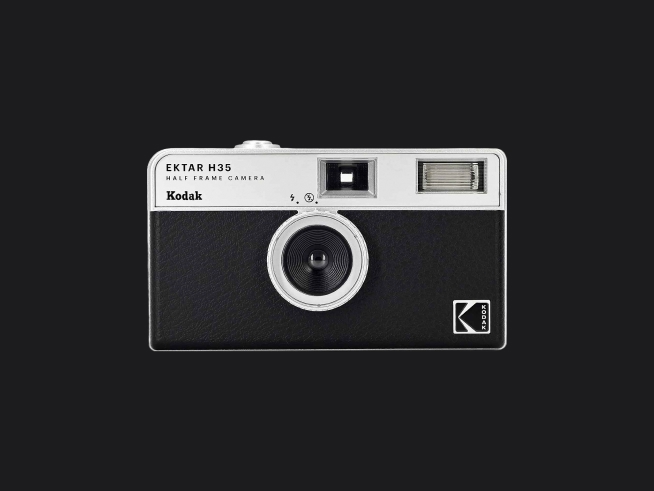
Leica M6 Re-edition
Leica brought back the M6 rangefinder in November 2022. This isn't a redesign or an update, it's a faithful reproduction of their most popular mechanical camera. The original M6 ran from 1984 to 2002, and photographers never stopped asking for it.
The 2022 version has some upgrades worth noting. The top and bottom covers are now milled from solid brass instead of die-cast zinc, and they use the same abrasion-resistant black lacquer as the M11. The viewfinder is the improved 0.72x version from the MP with better anti-glare coating. The light meter now includes a red center dot in addition to the arrow symbols to confirm correct exposure, plus a battery warning indicator. Leica kept the “Leitz” red dot logo instead of “Leica” as a nod to the original.
The re-edition keeps the same mechanical precision and rangefinder focusing system. Leica's craftsmen build these cameras the same way they always have. If you want the classic rangefinder experience with new manufacturing warranties and support, this is it.
Learn more about the Leica M6 and purchase it through Leica's online store for $6,415.00.
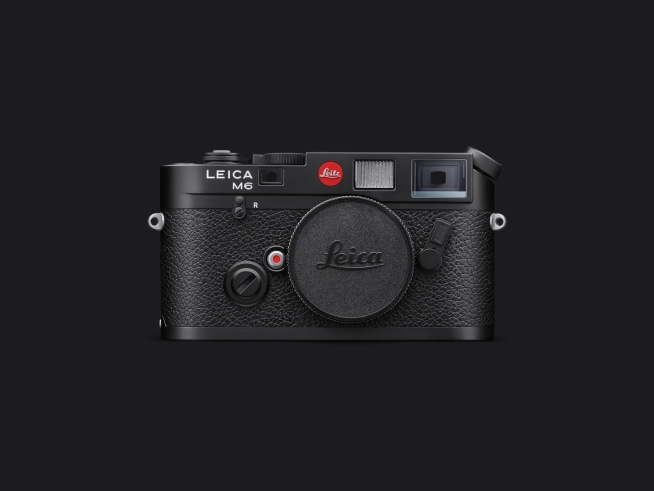
Leica M-A (Typ 127)
Leica released the M-A in 2014 as their first purely mechanical camera since the M4-P ended production in 1981. This is the most stripped-down M camera you can buy new: no light meter, no electronics, no battery at all. It's completely mechanical and will work indefinitely without power.
The M-A uses chromed brass top and bottom covers and deliberately omits the red Leica dot for maximum understatement. It's also noticeably slimmer than digital M cameras. You get shutter speeds up to 1/1000 and the same 0.72x viewfinder as other modern M cameras, with frame lines for 28mm through 135mm lenses. At around $5,000-6,000, it's for photographers who want to focus purely on aperture, shutter speed, and composition without any electronic assistance. Leica even includes a roll of Kodak Tri-X 400 with each camera, acknowledging the pairing of two photographic classics born in the 1950s.
Learn more about the Leica M-A and purchase it through Leica's online store for $6,310.00.
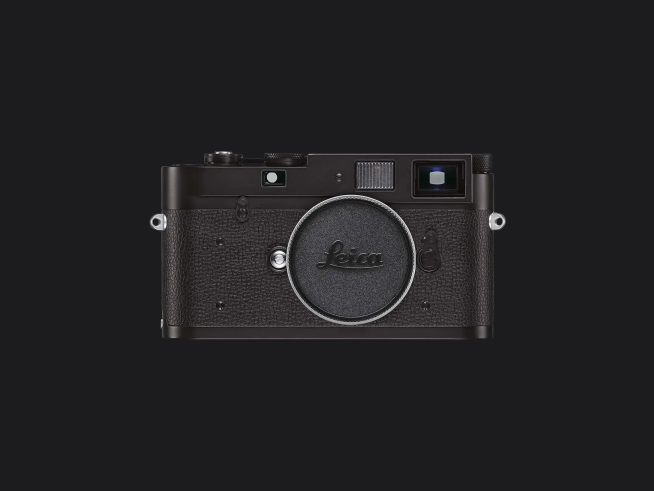
Leica MP
Leica introduced the MP in 2003 as their answer to photographers wanting a fully mechanical rangefinder with just a light meter. The name stands for “Mechanical Perfection”, and it sits between the M6 and M-A in terms of features. You get a TTL light meter that requires a battery, but the rest of the camera operates mechanically without power.
The MP borrowed design elements from the classic M3, including a metal film advance lever and rewind knob instead of the M6's crank. The viewfinder has improved anti-flare coatings compared to the M6. It's built from solid brass with either black paint or silver chrome finish, and lacks the red Leica dot for a lower profile. The battery only powers the light meter, so if it dies, the camera still works perfectly. At $6,415, it's priced similarly to the M6 re-edition and appeals to photographers who want mechanical reliability with metering assistance.
Learn more about the Leica MP and purchase it through Leica's online store for $6,415.00.
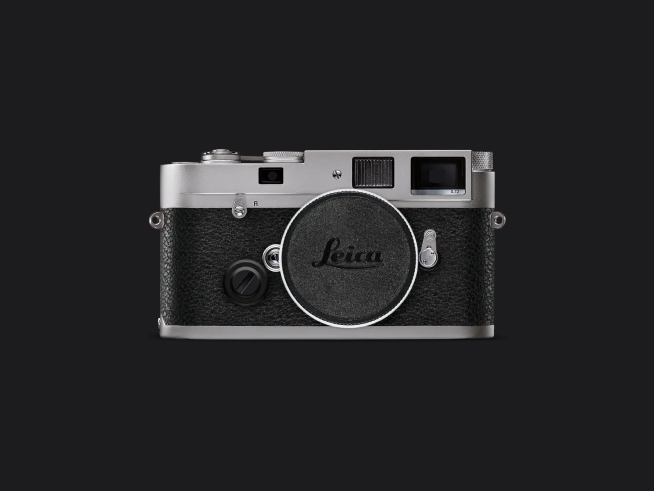
Lomography LC-A 120
The Lomography LC-A 120 brings the classic LC-A experience to medium format film. Unlike its 35mm siblings, this camera shoots 120 film and offers a 38mm f/4.5 lens that delivers that familiar vibrant, contrast-rich look Lomography users love. It remains fully manual with zone focusing, aperture priority, and a mechanical shutter, but features a simple design that encourages spontaneous shooting without complication.
The camera has a compact build for a medium format body, making it a versatile option for photographers who want larger negatives but still want to carry something manageable. Its sturdy plastic and metal construction balances durability with lightness, it’s a camera to take everywhere with you.
Purchase the Lomography LC-A 120 on their official online store for $449.90.

Lomography LC-Wide
The Lomography LC-Wide expands on Lomography’s LC-A heritage with a wider 17mm f/4.5 glass lens, ideal for landscapes, architecture, and street photography. It uses 35mm film and focuses with the classic zone system, but this model is fully mechanical without autofocus or exposure automation, keeping the process straightforward.
The camera’s build is compact and robust, featuring a plastic body with a metal lens barrel. It’s a great option for those who want the LC-A’s trademark saturated colors and vignette effects but with a much wider perspective. The LC-Wide is simple to operate, making it a favorite among Lomography fans who enjoy experimentation and vintage aesthetic.
Purchase the Lomography LC-Wide on their official online store for $279.30.

Lomography MC-A
Lomography released the MC-A in October 2025, and it's their most serious camera yet. This is a full-frame 35mm with autofocus, aperture priority, and DX code reading. It handles multiple exposures and stays light enough to carry all day.
This is Lomography's first autofocus camera and their first with a metal body. The 32mm f/2.8 lens has five elements and features multi-coating. One clever touch is the USB-C rechargeable CR2 battery that comes with it, though you can also use standard disposable CR2s. The camera defaults to flash OFF, which is something photographers have been asking for. It includes unlimited multiple exposures and comes with accessories like a Splitzer lens attachment for creative double exposures and colored flash gels. The autofocus works down to 0.4 meters with zone focus options at 0.4, 0.8, 1.5, and 3 meters plus infinity.
Lomography built its reputation on experimental, accessible film cameras, and the MC-A continues that tradition while adding real automation. It's aimed at people who want the film experience without fighting with manual focus or exposure every time.
Pre-order the Lomography MC-A on their official online store for $549.00. Deliveries are expected in Q1 2026.

Pentax 17
Pentax surprised everyone by releasing a new half-frame camera in mid-2024. The Pentax 17 shoots vertical frames and doubles your shot count per roll. Ricoh Imaging Corporation designed it for portability and simplicity, banking on the format's vintage appeal and practical advantages.
Worth mentioning that the lens is a triplet design based on the Ricoh Auto Half and the Espio Mini from 1994. The camera includes seven shooting modes, including a “Bokeh” mode for portraits and a bulb mode for long exposures. The top and bottom plates are magnesium alloy (same material used in Pentax's high-end digital cameras like the K-1), which keeps it light but durable. The camera runs on a CR2 battery that Pentax estimates will last about 10 rolls if you use flash on half your shots.
Half-frame cameras were popular in the 1960s and 70s, then disappeared. Pentax brought the format back with modern build quality and straightforward controls. It's compact, easy to use, and gives you 72 shots on a standard 36-exposure roll.
Purchase the Pentax 17 on their official online store for €549,99.
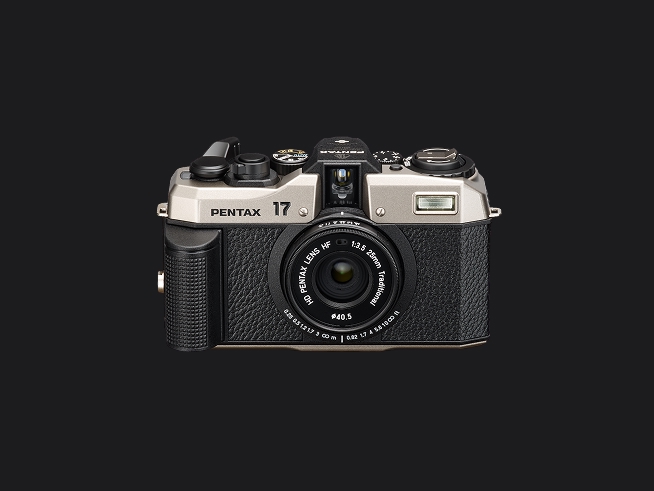
Rollei 35 AF
MiNT Camera shipped the Rollei 35 AF in late 2024, updating the iconic 1960s compact with modern technology. The original was brilliantly small but required guessing focus distances. MiNT kept the compact body and added LiDAR autofocus, automatic exposure, and a built-in flash. It uses a fixed 35mm f/2.8 lens and keeps the manual film advance.
The camera uses LiDAR technology that can focus from 0.5 meters to infinity, making it reliable even in challenging conditions. It features both automatic exposure and manual controls for aperture (f/2.8 to f/16), shutter speed, and ISO. Interestingly, retired Pentax engineers helped design the lens. MiNT spent about five years developing this camera, working through multiple prototypes before release.
Considering its price, it's a premium compact for photographers who want something pocketable without the hassle of zone focusing. MiNT officially licensed the Rollei name for the project, bringing one of film photography's most recognized designs back with actual modern conveniences.
Learn more about the Rollei 35 AF through Rollei's official website. It was priced at €885,00 at launch but is currently out of stock. You may need to check online camera stores or local shops to find a reseller.

SilverBridges WideluxX
The WideluxX revives the panoramic Widelux camera, known for its rotating lens mechanism that creates distinctive wide-format images with naturally curved horizons. SilverBridges is working on this updated version, which will shoot both 35mm and medium format panoramic images.
The original Widelux cameras became cult favorites. Jeff Bridges famously shoots with one and has published books of his Widelux photographs. Production ended years ago, but SilverBridges is bringing back the mechanical panorama technology with updated manufacturing. It's a niche camera for a specific kind of shooting, but that's exactly the point.
The camera is still a prototype and pre-orders aren't opened yet however you can learn more about SilverBridges WideluxX by visiting the project's official website.
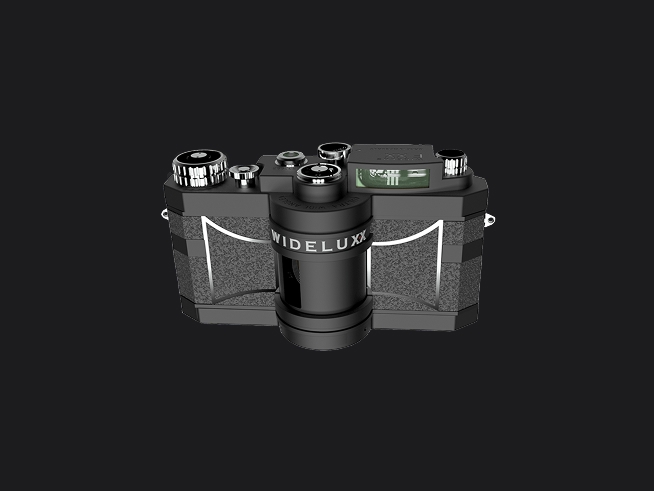
Smartflex 4x5
The Smartflex 4x5 funded on Kickstarter in late 2024 and started shipping in early 2025. Created by large format enthusiasts HuaTong Zhang and his partner (based between Shenzhen and Tokyo), it's a 4x5 SLR that weighs just over 2kg, light enough to shoot handheld. The camera uses 3D-printed materials and carbon fiber to stay portable while keeping a bright 5x5 viewfinder that makes focusing actually pleasant.
At around $2,000 for the body, it's still expensive but significantly cheaper than traditional large format cameras. The real advantage is versatility: it accepts standard 4x5 film holders and also works with Instax Wide backs, so you can test lighting setups before committing expensive sheet film. This makes large format portrait photography more practical than ever.
Purchase the Smartflex Camera 4x5 with its Smartnon 178mm and Instax wide back as a set on Smartflex's official website for ¥543,890.

Why This Matters
These cameras represent something bigger than just new products. They prove there's real demand for film photography tools, enough to justify manufacturing from scratch. These aren't Kickstarter projects that might ship someday. Most of these cameras are available now or shipping to pre-order customers.
The companies behind them aren't legacy manufacturers trying to squeeze profit from old designs. They're new operations (or newly committed ones like Pentax) building cameras for people who choose film in 2025, with everything that choice implies.
Film photography has different requirements than it did in the 1990s. People shoot less but expect more from each frame. They want cameras that respect their time while preserving what makes film special. These new cameras are designed for that reality.